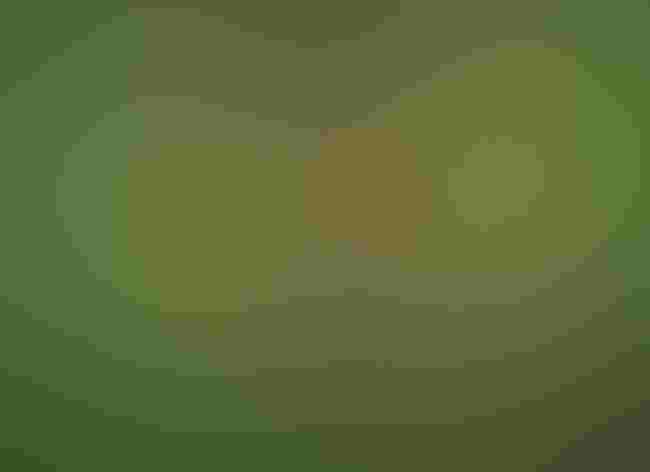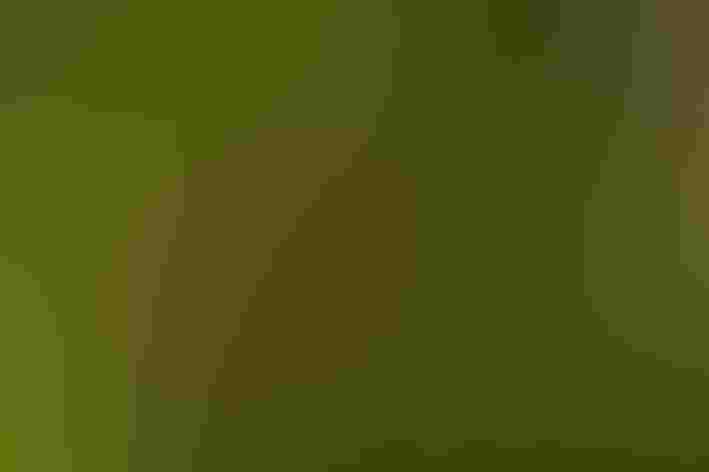Scarlet Tanager
At a Glance
Male Scarlet Tanagers seem almost too bright and exotic for northeastern woodlands. These birds are fairly common in oak forests in summer, but they often remain out of sight as they forage in the leafy upper branches. Sometimes in spring, when the Scarlet Tanagers have just arrived from their winter home in South America, a late freeze will force them out in the open as they search for insects on roadsides or in gardens.
All bird guide text and rangemaps adapted from Lives of North American Birds by Kenn Kaufman© 1996, used by permission of Houghton Mifflin Harcourt Publishing Company. All rights reserved.
Category
Perching Birds, Tanagers
Conservation
Low Concern
Habitat
Forests and Woodlands, Shrublands, Savannas, and Thickets
Region
California, Eastern Canada, Florida, Great Lakes, Mid Atlantic, New England, Plains, Rocky Mountains, Southeast, Southwest, Texas, Western Canada
Behavior
Direct Flight, Flitter, Hovering
Population
2.600.000
Range & Identification
Migration & Range Maps
Most spring migrants enter our area by coming north across Gulf of Mexico. Apparently migrates mostly at night.
Description
7 1/2" (19 cm). Spring/summer male is our only brilliant red bird with black wings and tail (see crossbills). In late summer he molts into winter plumage, greenish with black wings. Female dull yellow-green, wings darker; note sluggish behavior, thick bill.
Size
About the size of a Robin, About the size of a Sparrow
Color
Black, Green, Red, Yellow
Wing Shape
Rounded
Tail Shape
Notched, Rounded, Square-tipped
Songs and Calls
Song a hurried, burry, repetitive warble, somewhat like that of a robin. Call note an emphatic, nasal chip-bang.
Call Pattern
Falling, Rising
Call Type
Buzz, Chirp/Chip, Whistle
Habitat
Forests and shade trees (especially oaks). Breeds mostly in deciduous forest, mainly where oaks are common but also in maple, beech, and other trees; sometimes in mixed pine-oak woods, and occasionally in coniferous woods dominated by pine or hemlock. Winters in tropical rain forest in lowlands just east of the Andes.
Sign up for Audubon's newsletter to learn more about birds like the Scarlet Tanager
Behavior
Eggs
2-5, usually 4. Pale blue-green, with spots of brown or reddish-brown often concentrated at larger end. Incubation is by female only, about 12-14 days.
Young
Both parents feed the nestlings, although the male may do less of the feeding in some cases. Young leave the nest about 9-15 days after hatching, are tended by parents (or by female only) for about 2 more weeks.
Feeding Behavior
Forages mostly in tall trees (especially oaks), seeking insects rather deliberately among the foliage. May hover momentarily while taking an item, and sometimes flies out to catch insects in mid-air. Also forages in low shrubs or on the ground, especially in cold weather.
Diet
Mostly insects, some berries. In summer, feeds mainly on insects, including caterpillars, moths, beetles, wasps, bees, aphids, and many others; also some spiders, snails, worms, millipedes. Also eats wild fruits and berries, including those of mulberry, elder, sumac, and others. Winter diet poorly known.
Nesting
In courtship, male hops about on branches below perched female, with wings drooped and tail partly spread, showing off contrast between red back and black wings and tail. Nest site is in tree (usually deciduous), typically 20-30' above ground, sometimes lower or much higher. Placed on horizontal branch, usually well out from the trunk. Nest (built by female) is a shallow open cup of twigs, weeds, grass, lined with fine grass and rootlets.
Climate Vulnerability
Conservation Status
Vulnerable to loss of habitat, on both summer and winter ranges. For breeding, seems to require large blocks of forest. Does poorly in smaller forest fragments, often being parasitized by cowbirds.
Climate Threats Facing the Scarlet Tanager
Choose a temperature scenario below to see which threats will affect this species as warming increases. The same climate change-driven threats that put birds at risk will affect other wildlife and people, too.









